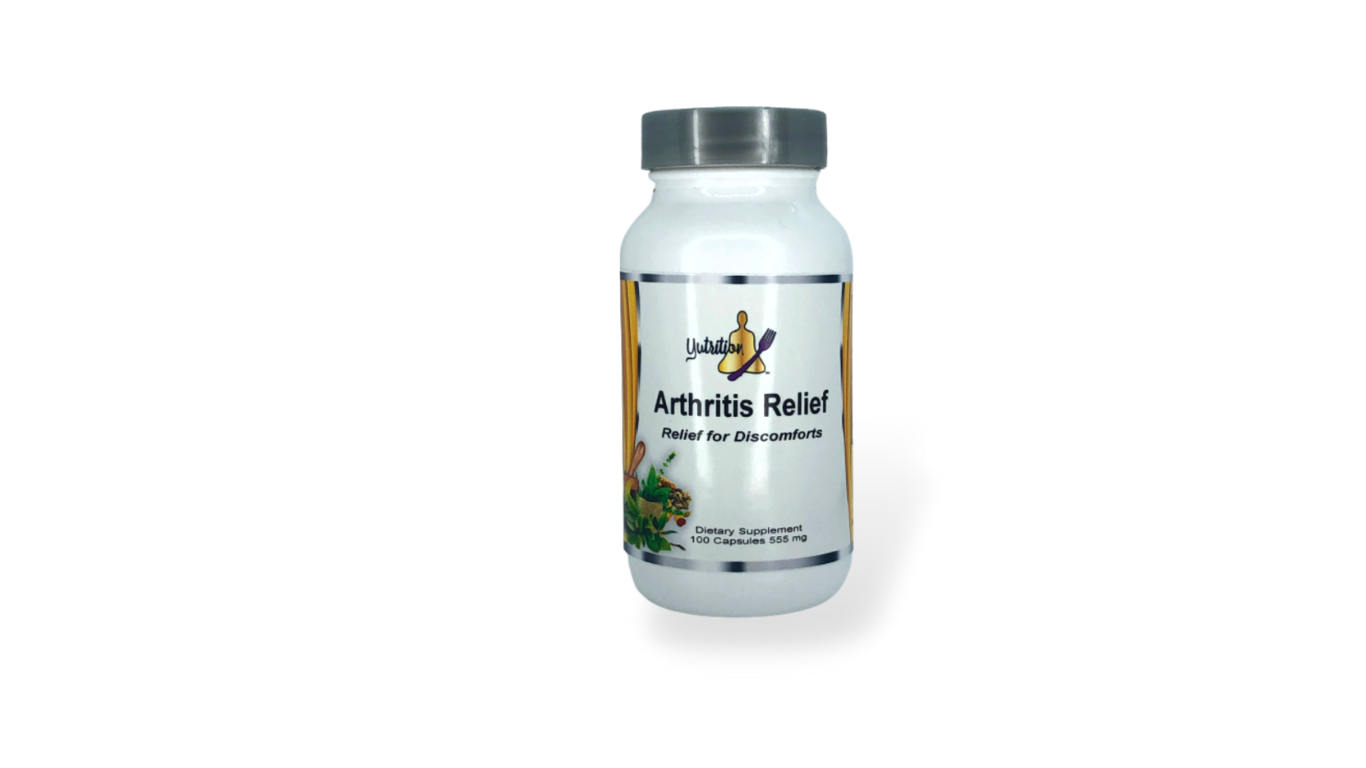Dr. Farid Zarif
Arthritis Relief
Regular price
$24.95 USD
Regular price
Sale price
$24.95 USD
Unit price
per
Couldn't load pickup availability
Devil's Claw
- Devil’s Claw is a flowering plant belonging to the sesame family. Its name comes from the hook-shaped fruit that resembles a claw.
- The roots of Devil's Claw contain various active compounds and are the part of the plant used in herbal supplements.
- It was first discovered by South African natives and introduced to Europeans in the early 1900s. The roots were traditionally used to support joint health and mobility.
- Iridoid glycosides, particularly harpagoside, are believed to be responsible for its popularity as a beneficial herb.
- Today, Devil's Claw is commonly used in Germany and France.
White Willow Bark
- The bark of the white willow tree contains salicin, a natural compound.
- It also contains powerful plant compounds called flavonoids. The combination of flavonoids and salicin is believed to contribute to the herb’s effects.
- Willow trees belong to the Salicaceae plant family and are native to Europe, Central Asia, and Northern Africa.
-
Several species of willow trees are used to produce extracts and supplements, including:
- White Willow (European willow)
- Black Willow (Pussy Willow)
- Crack Willow
- Purple Willow
- Once salicin is absorbed, it breaks down into various salicylate derivatives, which are known for their health-promoting properties.
Alfalfa
- The University of Rochester Medical Center states that "the use of Alfalfa is considered safe and..."
- Both historical and modern herbalists regard Alfalfa as one of the most comprehensive herbal supplements, as it contains a wide range of minerals, vitamins, and nutrients essential for overall health and well-being.
- Alfalfa is considered a "best practices" herb for ongoing support and maintenance of a healthy body.
- It contains protein, as well as vitamins A, B1, B6, C, E, and K. It also contains carotene, calcium, potassium, zinc, and iron. Alfalfa can be consumed in the form of leaves, tablets, or seeds.
Red Clover
-
Studies suggest that red clover may support bone health due to its rich content of micronutrients.
- Red clover is particularly high in phytoestrogenic isoflavones.
- Diets rich in phytoestrogenic isoflavones are linked to improved skeletal health.
-
Red clover contains several isoflavones, including daidzein, genistein, formononetin, and biochanin A. These are polyphenols with antioxidant properties and other health benefits.
- The isoflavones daidzein, genistein, formononetin, and biochanin A are thought to interact with COX enzymes.
The information provided above is for educational purposes only and does not pertain to the performance or intended use of any specific products featured on this website.
*These statements have not been evaluated by the Food and Drug Administration. This product is not intended to diagnose, treat, cure, or prevent any disease.

